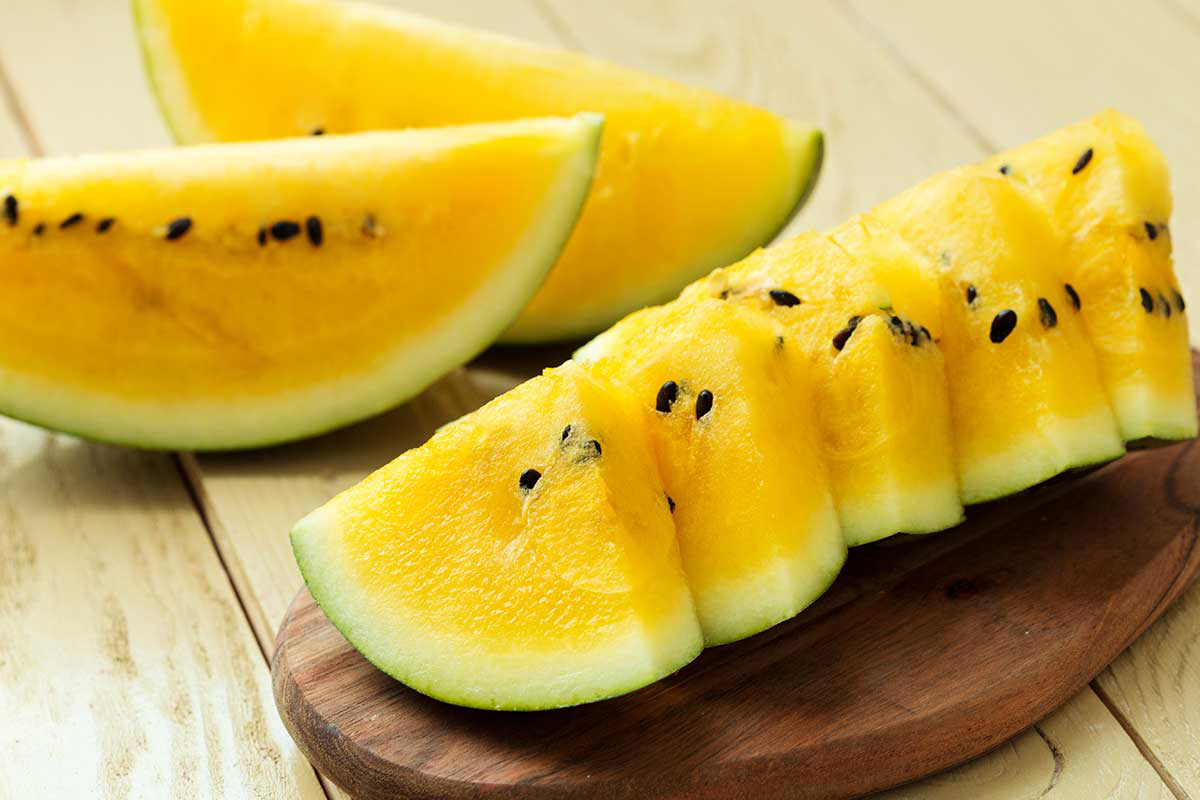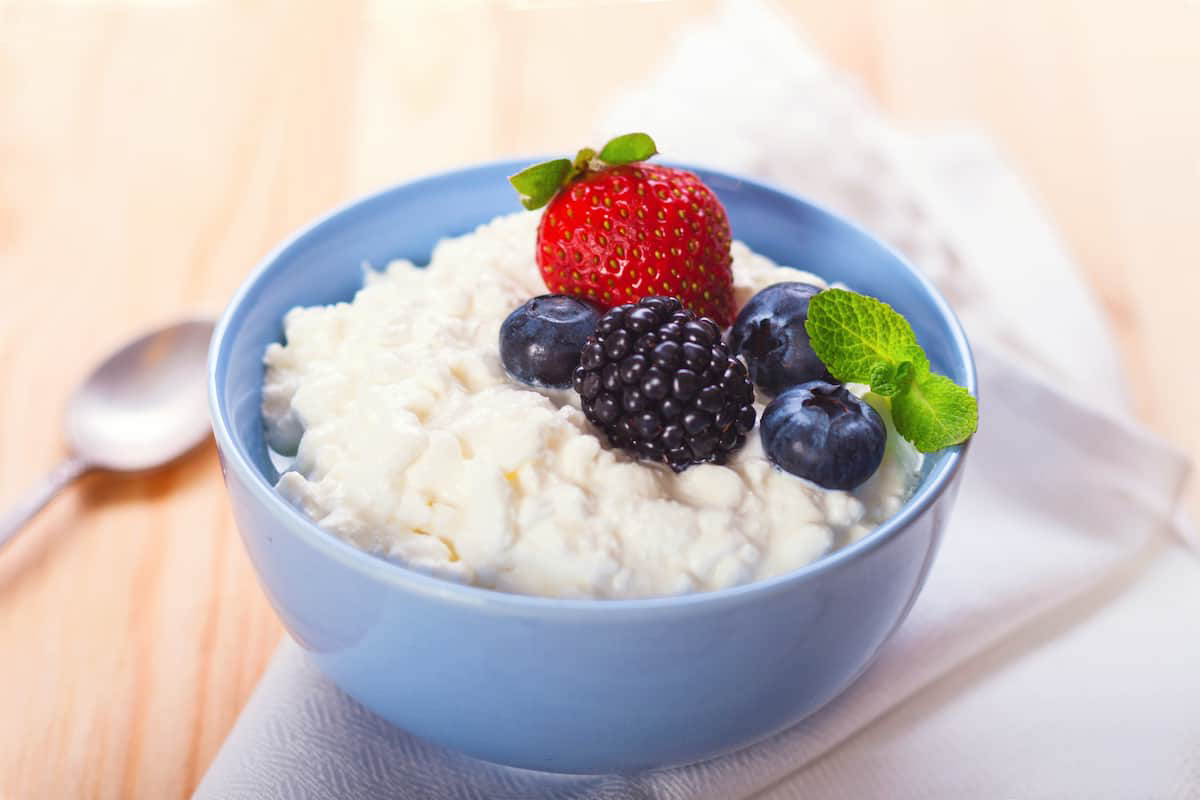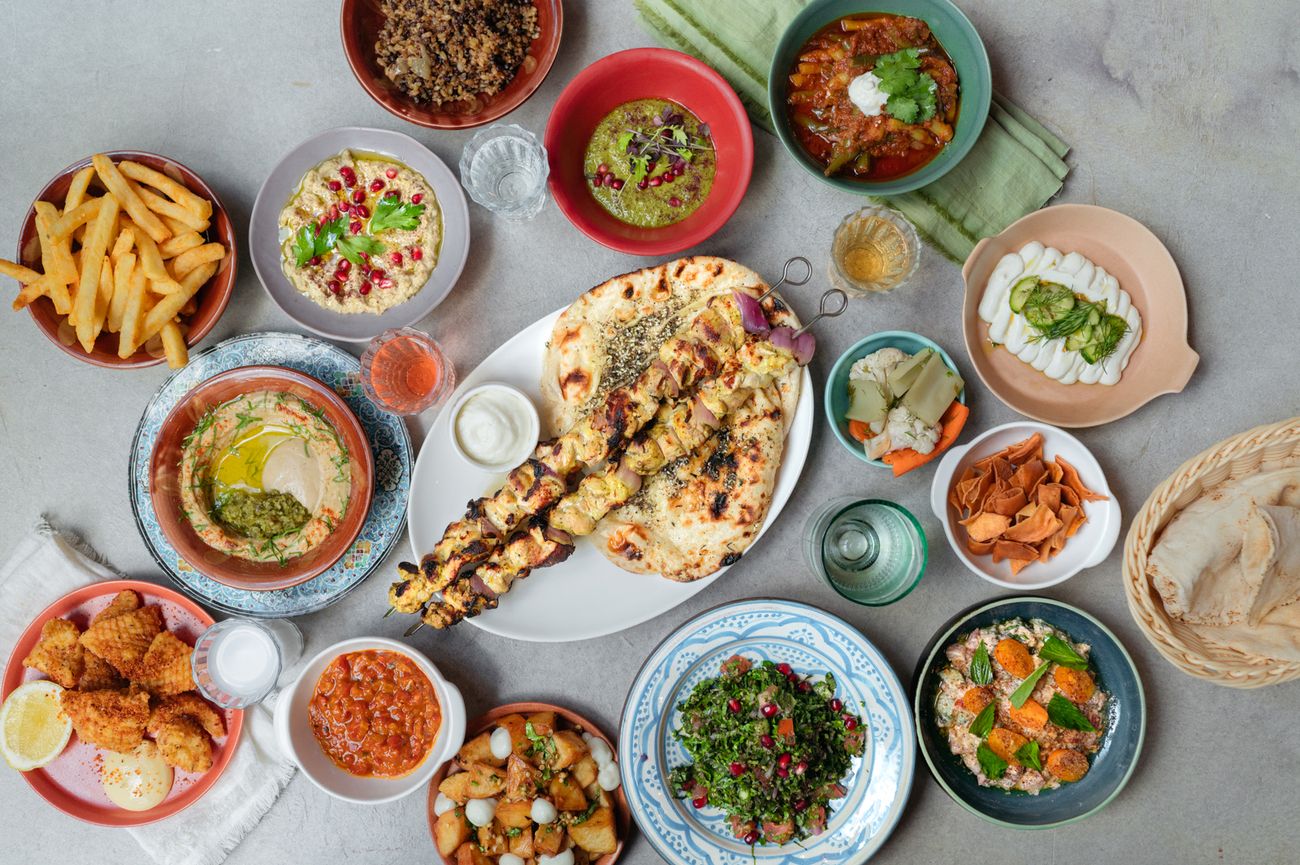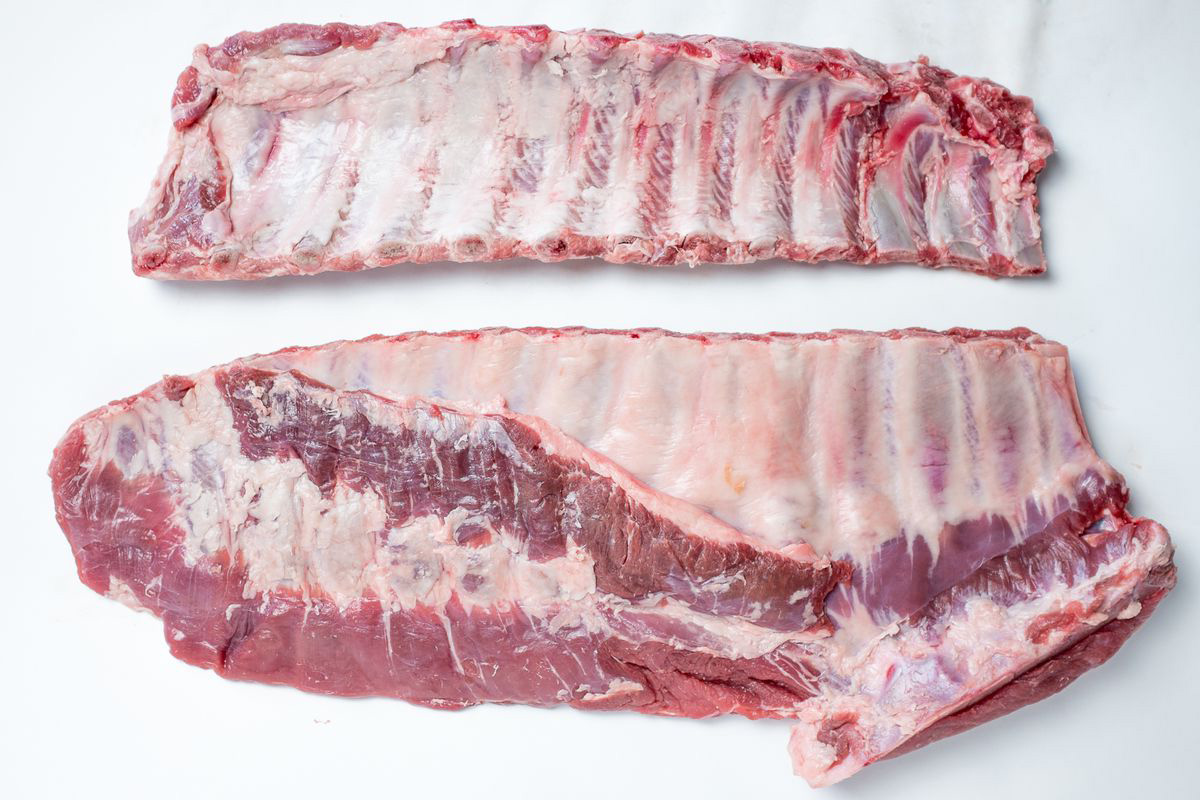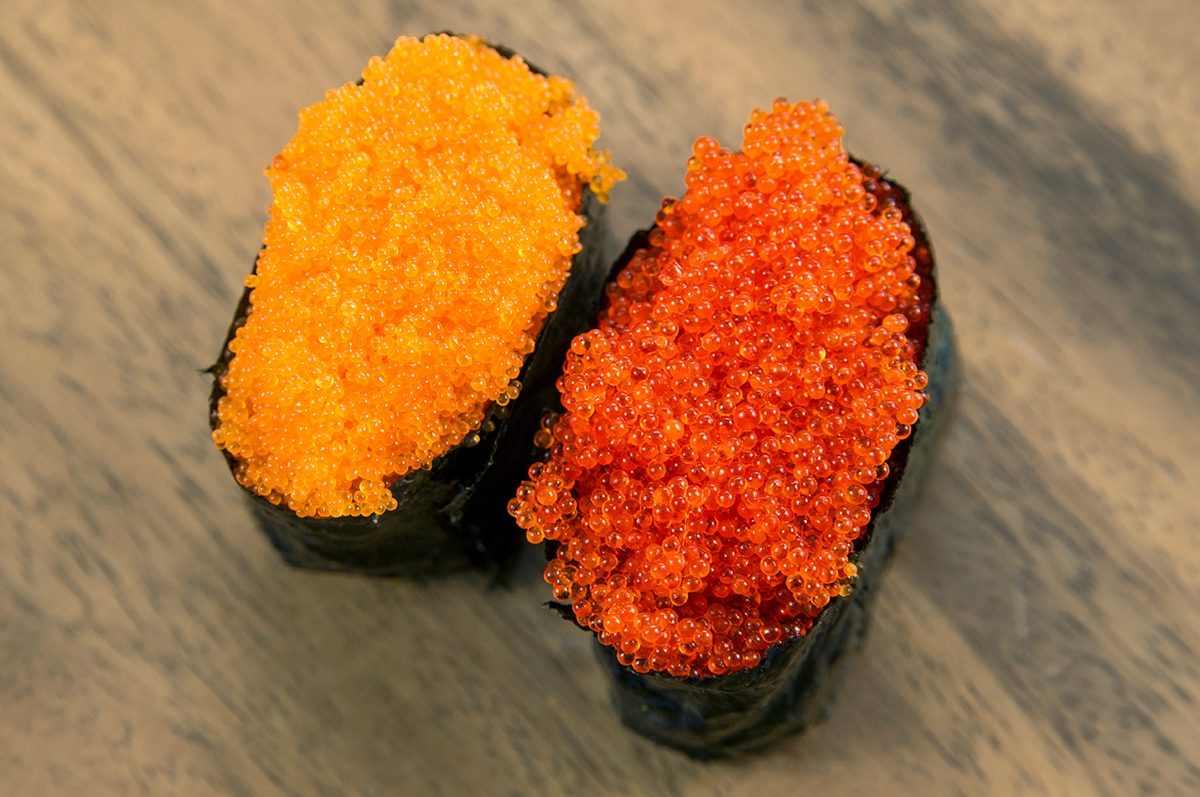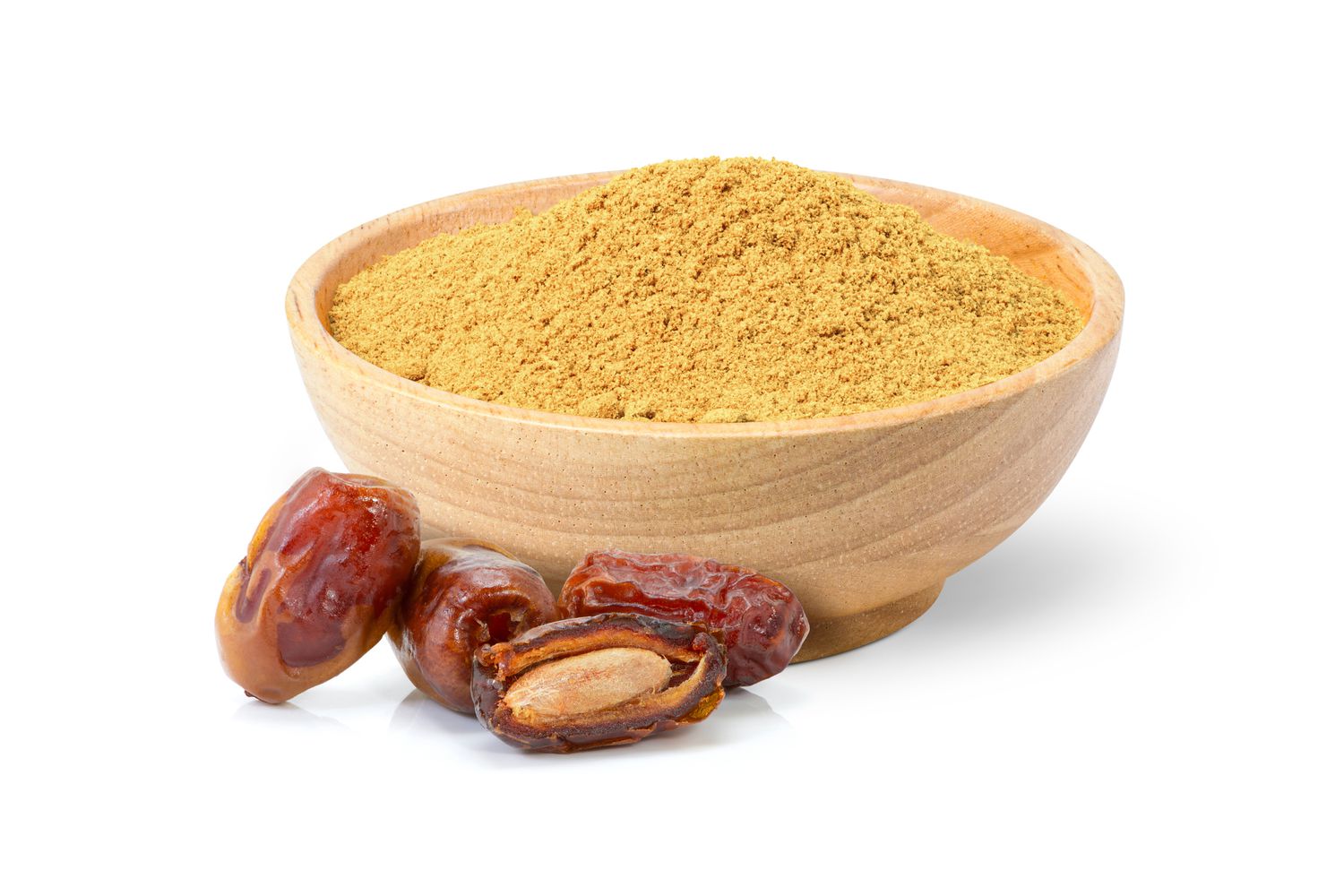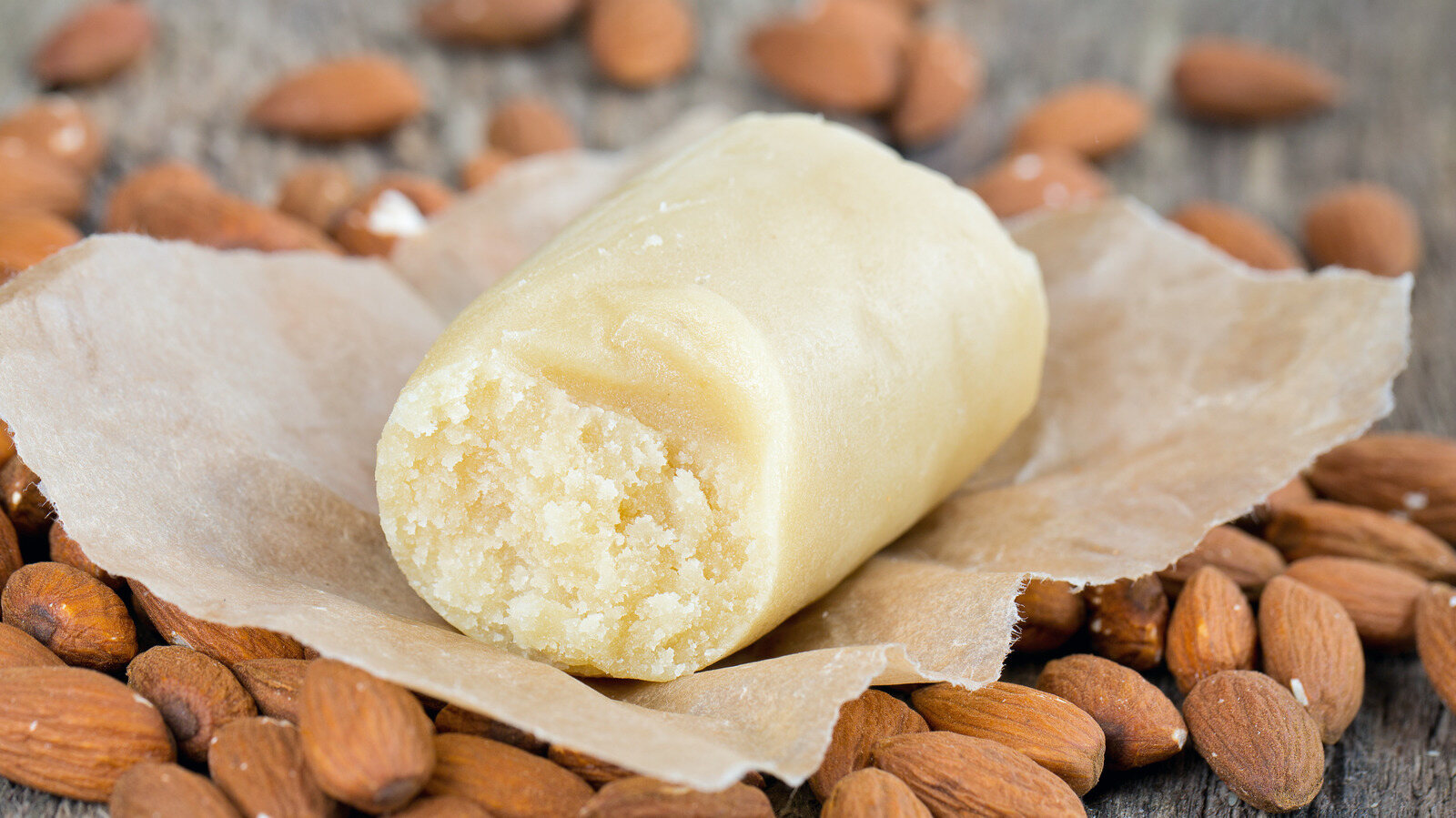Understanding Pork: A Delicious and Versatile Meat
When it comes to meats, pork is a popular choice for many people around the world. Whether it’s in the form of bacon, ham, pork chops, or ribs, pork offers a delicious and versatile option for a wide range of dishes. But what exactly is pork, and what makes it such a beloved meat?
What is Pork?
Pork is the meat that comes from pigs. It is a rich source of protein and is known for its tender texture and savory flavor. Pork can be found in various cuts, each offering its own unique taste and cooking properties. From the succulent pork belly to the lean pork tenderloin, there’s a cut of pork to suit every palate and culinary preference.
The Versatility of Pork
One of the reasons why pork is so popular is its incredible versatility. It can be prepared in numerous ways, making it suitable for a wide range of cuisines and cooking methods. Whether it’s grilled, roasted, braised, or fried, pork always manages to shine through with its delicious taste and juicy texture.
Some popular pork dishes from around the world include:
- Pulled pork sandwiches: A Southern favorite, featuring slow-cooked, tender pork shoulder smothered in barbecue sauce.
- Pork adobo: A Filipino dish that involves marinating pork in a flavorful mixture of soy sauce, vinegar, and spices.
- Sweet and sour pork: A classic Chinese dish that combines crispy pork with a tangy, sweet sauce.
- Pork schnitzel: A German dish consisting of breaded and fried pork cutlets, often served with a squeeze of lemon.
Nutritional Benefits of Pork
In addition to its delicious taste and culinary versatility, pork also offers a range of important nutrients. Pork is an excellent source of protein, which is essential for building and repairing tissues in the body. It also provides important vitamins and minerals, including:
- Vitamin B12: Important for the formation of red blood cells and the proper functioning of the nervous system.
- Zinc: Essential for immune function, wound healing, and DNA synthesis.
- Iron: Necessary for the production of hemoglobin, which carries oxygen to the body’s cells.
- Phosphorus: Important for bone health and the production of energy in the body.
When consumed as part of a balanced diet, pork can be a valuable addition to a healthy lifestyle, providing essential nutrients that support overall well-being.
Choosing and Cooking Pork
When selecting pork at the grocery store or butcher, it’s important to look for cuts that are fresh and well-marbled. Fresh pork should have a pinkish-red color and a small amount of marbling, which adds flavor and juiciness to the meat. When it comes to cooking pork, it’s essential to ensure that it reaches a safe internal temperature to kill any harmful bacteria. The USDA recommends cooking whole cuts of pork to an internal temperature of 145°F (63°C) and ground pork to 160°F (71°C).
Whether you’re grilling pork chops, slow-cooking a pork roast, or adding bacon to your favorite dishes, pork offers a world of culinary possibilities. Its rich flavor, tender texture, and nutritional benefits make it a beloved choice for home cooks and professional chefs alike.
In Conclusion
Pork is a delicious and versatile meat that has been enjoyed by people around the world for centuries. Whether it’s the centerpiece of a hearty meal or a flavorful addition to a dish, pork offers a range of culinary possibilities. With its rich taste, nutritional benefits, and adaptability to various cooking methods, pork continues to hold a special place in the hearts and kitchens of food enthusiasts everywhere.
So, the next time you’re planning a meal, consider incorporating pork into your menu. Whether it’s a classic pork dish or a new recipe you’ve been wanting to try, pork is sure to delight your taste buds and satisfy your hunger for a delicious and satisfying meal.
Was this page helpful?
Read Next: What Is Louie Dressing
